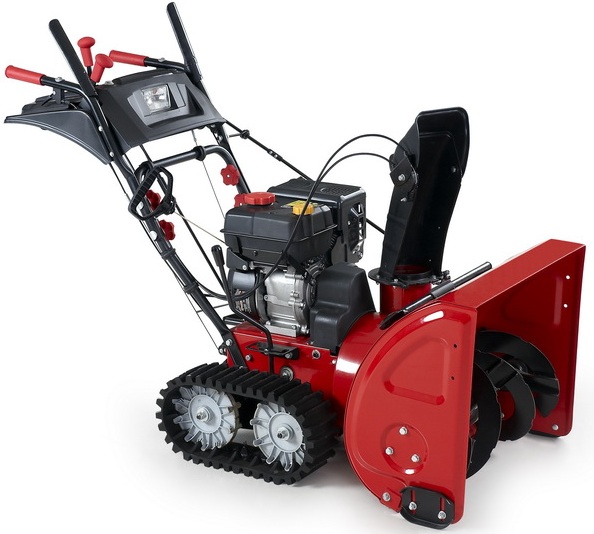How to maintain your Snowblower
Good maintenance is cost saving and essential for safe and trouble-free operation. Snowbowers or snow throwers are your cold-climate tool or machine. They save you time and effort to eliminate the snow, especially when you have that important date and your automobile on the driveway is blocked by snow and you need to attend that important meeting or when your doctor advises you not to strain yourself. Snow removal counterparts need the same attention and maintenance as your warm-weather equipment. (e.g., lawn mowers chainsaws, line trimmers, leaf blowers, lawn tractors, weed eaters etc.).
When you take your snow blower out of storage at the beginning of the season, check the level and color of the engine oil. Make sure your track tires axles are greased. Lubricate the auger axle and chute and wheel belt drives. In mild weather, wet, heavy snow can clog the auger housing and the chute. A way to improve this situation is to spray Jig-a-Loo, a silicone, non-petroleum lubricant, into the housing and chute to prevent the snow from sticking. Look for any bent or missing bolts in the auger shaft and ensure that they are replaced only with proper shear bolts. The bolts are designed to protect the gearbox by breaking if the auger hits a hard object. Check SnoPro’s Snow-thrower (SXP1128PRO) and SNOPRO’s Snow-thrower (SXP1328PRO) manual for more detailed maintenance.
Add a fuel stabilizer to preserve the fuel and to keep the fuel from degrading for up to one year and help prevent gum and varnish deposits from clogging the carburetor and fuel passages.
Run the machine for a few minutes after each use to prevent freeze-up – clogged snow in the auger/impeller can freeze solid. Fill the tank after each operation to reduce condensation of water in the fuel.
At the end of each season, disconnect the spark plug wire, clean the machine, add fuel stabilizer to remaining gas in the fuel tank and run the engine for five minutes to bring the stabilized gas through the system.















